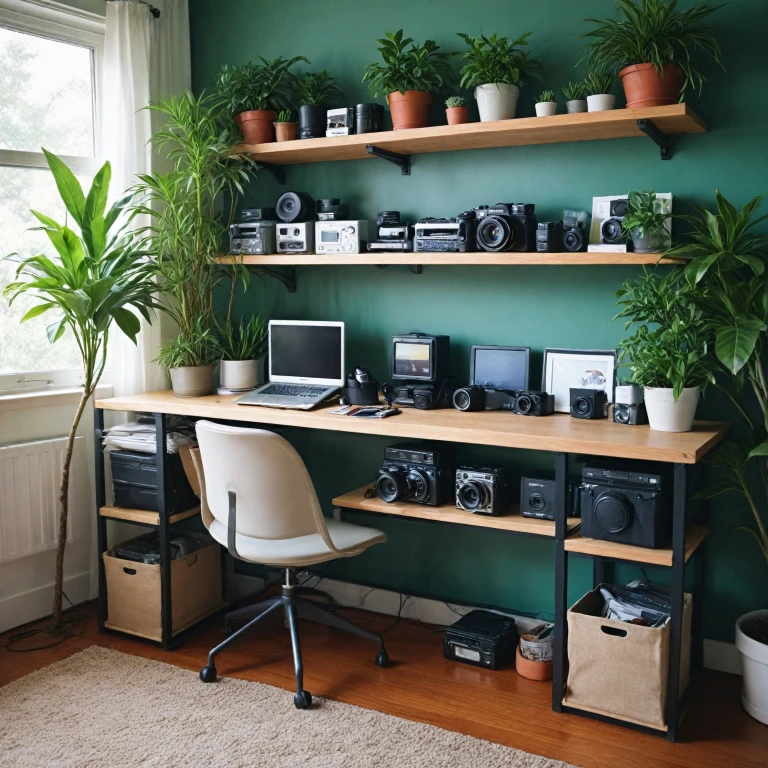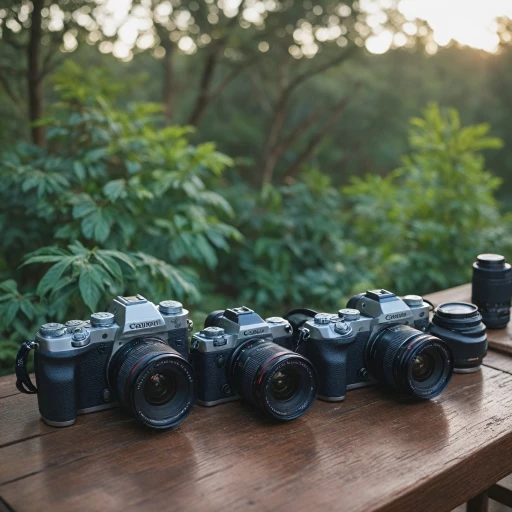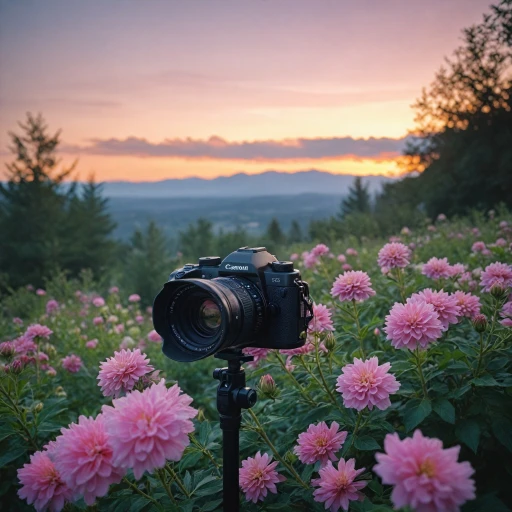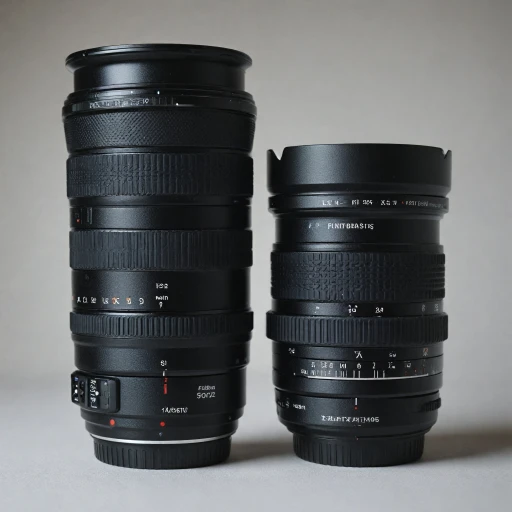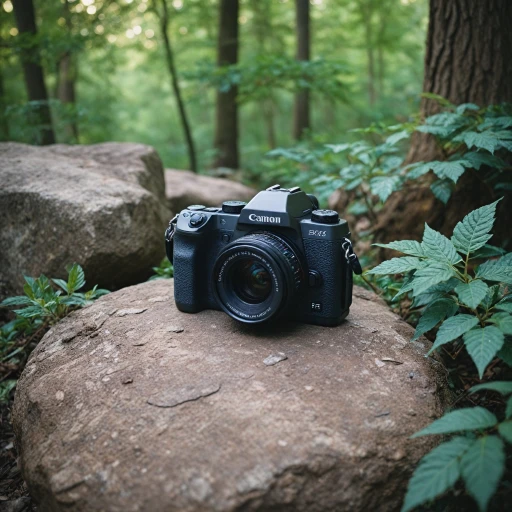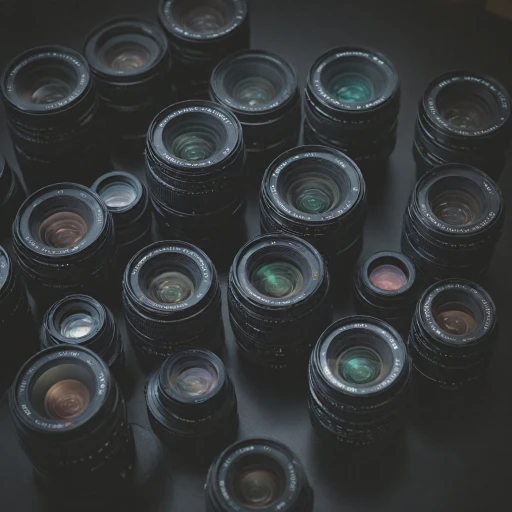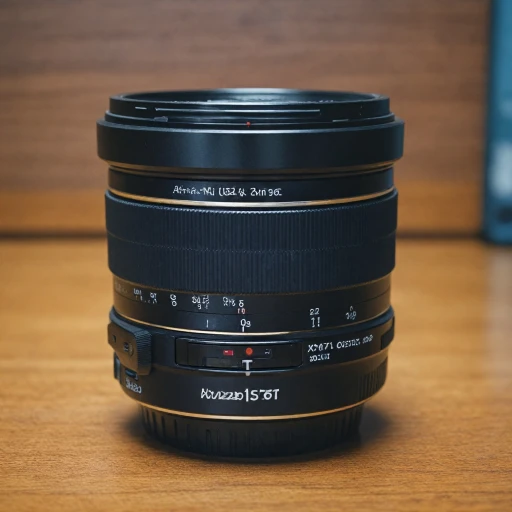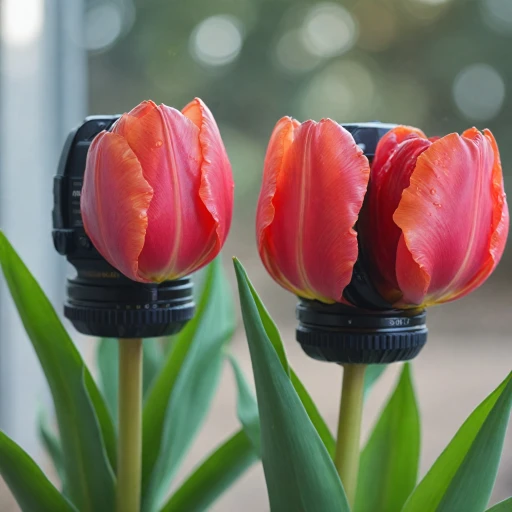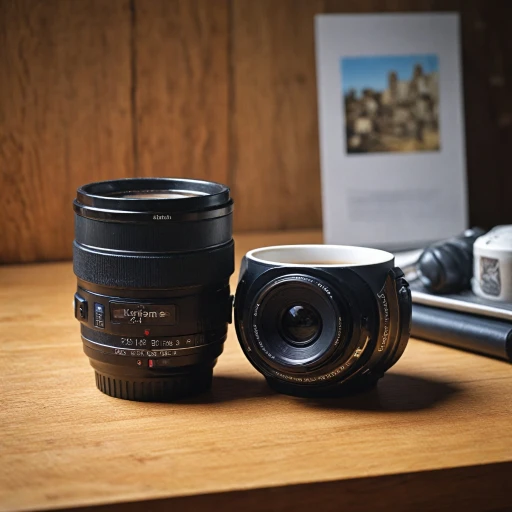
Understanding the Importance of Proper Camera Storage
The Significance of Proper Camera Storage
Proper storage of your digital camera and its accessories is crucial for maintaining their longevity and performance. Whether you are a professional photographer or an enthusiastic hobbyist, understanding the importance of storing your camera gear correctly can save you from costly repairs and replacements.
Protecting Your Investment
Your camera, lenses, and other equipment are significant investments. Storing them properly helps protect these valuable assets from environmental factors such as dust, moisture, and temperature fluctuations. A well-maintained camera and lens can deliver consistent performance, ensuring that your photography remains top-notch.
Preventing Damage
Improper storage can lead to various issues, such as mold growth on lenses, corrosion on the camera body, and damage to sensitive electronics. Using a dry cabinet or dry box can help keep your gear in optimal condition by controlling humidity levels. Additionally, using silica gel packets in your camera bag or storage case can further protect against moisture.
Ensuring Readiness
By storing your camera gear properly, you ensure that it is always ready for use. This means having your camera lenses clean, your camera body free from dust, and your equipment organized in a way that allows for quick access. A well-organized camera bag or backpack can make a significant difference when you need to grab your gear and go.
For more insights on choosing the best storage solutions, you might find this guide on selecting memory cards helpful as it touches on aspects of gear protection and readiness.
Choosing the Right Environment for Camera Storage
Ideal Environmental Conditions for Storing Your Camera Equipment
Choosing the right environment is crucial to effectively store your camera and its associated gear. Various environmental factors can significantly impact the longevity and performance of your camera equipment. Here are some points to consider:- Temperature and Humidity Control: Storing your camera in a location with stable temperature and low humidity is essential. Fluctuations in temperature and high humidity can lead to condensation inside the camera and lenses, potentially causing mold growth or electronic malfunctions. Utilizing silica gel packs can help absorb excess moisture and maintain a dry environment.
- Dust-Free Environment: It is paramount to always ensure your camera lenses and camera body are kept free from dust. Investing in a dry box or a dry cabinet can be ideal, offering a controlled environment that shields your gear from dust and environmental changes.
- Dedicated Storage: If possible, allocate a specific storage location for your photography equipment. A dedicated cabinet or shelf where your camera bags, lenses, and additional equipment can be neatly organized will protect them from potential accidents and minimize handling.
- Avoid Direct Sunlight: Long-term exposure to direct sunlight can damage the sensitive materials of your gear. Always store camera and store lenses in shaded areas.
- A Reliable Hard Case: For those frequently on the go, investing in a durable hard case can offer significant protection against physical damage during transit and provide a solid storage option when not in use.
Essential Storage Accessories for Your Camera
Equip Your Camera with Essential Storage Solutions
To safeguard your digital camera effectively, investing in the right storage accessories is paramount. They not only shield your gear from dust and moisture but also ensure easy access and organization. Here's a rundown of essential accessories that will make storing your camera a breeze:- Camera Bags and Backpacks: When you're constantly on the move, a sturdy camera bag or backpack is a must-have. Opt for those with padded compartments to protect the camera body and lenses from impact. Look for bags with adjustable dividers for customizable storage solutions.
- Dry Cabinets: For long-term storage, a dry cabinet is ideal to maintain proper humidity levels for your camera equipment. This can help prevent issues like mold, which can damage cameras and lenses. A dry cabinet serves as a controlled storage location that keeps your valuable gear safe and sound.
- Silica Gel Packs: Adding silica gel packs to your camera bag can help absorb moisture, keeping your gear dry and safe from humidity-related damage. These are inexpensive yet effective for maintaining a dry environment for your camera gear.
- Lens Caps and Cases: Always use lens caps when your camera lenses are not in use to protect them from dust and scratches. Consider investing in lens cases for added security when storing or transporting lenses.
- Protective Cases: For those who need extra protection, especially when traveling, hard protective cases can shield camera gear against physical impacts and harsh weather conditions.
Best Practices for Long-Term Camera Storage
Adopt Effective Strategies for Prolonged Storing
Proper storage is crucial for maintaining the longevity and performance of your photography equipment. To ensure your camera gear remains in optimal condition, consider implementing the following best practices:- Climate Control: It's vital to store your camera in a dry environment to avoid moisture damage. Dry cabinets or dry boxes equipped with humidity controls are excellent options for camera storage. These ensure your camera and lens are safe from the corrosive effects of excess humidity.
- Protective Layers: When storing, use a sturdy camera bag or case that offers protective padding. This helps safeguard your equipment from dust and accidental physical impacts. A strong barrier can prevent damage to the delicate components of your cameras and camera lenses.
- Use Silica Gel: To help absorb residual moisture inside your storage space, place silica gel packets inside your camera bags, cabinets, or cases. This simple addition will help keep the storage environment dry and reduce the risk of fungus growth on lenses and other sensitive gear.
- Avoid Direct Contact: The surfaces of your camera body and lenses can degrade with prolonged direct contact with some materials. Utilize protective wraps or pouches within your storage solution to maintain a barrier between the equipment and potential contaminants.
Common Mistakes to Avoid in Camera Storage
Avoiding Common Missteps in Camera Storage
When it comes to storing your digital camera and associated gear, there are several pitfalls that can lead to potential damage. By being aware of these common mistakes, you can better protect your valuable equipment.- Storing in High-Humidity Areas: Cameras, lenses, and other equipment are negatively affected by humidity. It’s essential that you keep them in a dry space to prevent mold growth and corrosion. Utilizing a dry box or a dry cabinet with silica gel packs can help absorb excess moisture.
- Exposure to Dust and Dirt: Dust can easily creep into the crevices of your camera body and lenses, affecting image quality and functionality. Ensure your storage area is clean and consider using a sealed camera bag or case, with lens caps on, to keep out dust.
- Improper Storage Bags and Cases: A camera bag is more than just a storage accessory—it's a protective barrier. Choose one that provides adequate padding and compartments to safely store gear. This can prevent accidental scratches and impact damage.
- Neglecting Temperature Fluctuations: Extreme temperatures can harm electronic components of your cameras. Aim to store your camera gear in a stable temperature environment. Avoid leaving your camera in places that experience significant temperature changes, like a car trunk.
- Failing to Check on Stored Equipment: Don’t leave your equipment unattended for long periods. Regularly inspect and test your camera and lenses to ensure they are still in good working condition. This not only helps in early detection of potential issues but also keeps the equipment ready for immediate use.
Maintaining Your Camera While in Storage
Keeping Your Camera Fresh
When storing your camera equipment, it's crucial to ensure that your gear remains in optimal condition. Even while in storage, cameras and lenses require regular attention to maintain their quality.
- Inspect Regularly: Periodically check your stored cameras and lenses for any signs of wear, tear, or environmental damage. Dust and moisture can accumulate even in seemingly secure storage locations.
- Use Silica Gel: Placing silica gel packs inside your camera bag or storage case can be an effective way to control humidity levels. This helps in preventing moisture build-up inside the camera body and lenses.
- Clean Before Storing: Thoroughly clean your camera gear before storing it. Leaving dust or fingerprints on lenses and camera bodies can lead to long-term damage.
- Keep Lens Caps On: Always use lens caps to protect the front and rear elements of your lenses. This helps in reducing the risk of scratches and dust accumulation.
- Dry Box Use: Consider using a dry box or dry cabinet. These storage options offer controlled environments to keep your camera free from excessive moisture.
These practices don't just protect your photography equipment over time; they ensure that when you're ready to shoot, everything will be in perfect working order.
